For decades, engineers have looked to nature for inspiration in flight. Now, a new generation of aircraft is taking cues from birds—not just in the air, but in how they land. These innovations are reshaping how drones, air taxis, and even future military aircraft operate in tight, unpredictable environments.
Bird-Like Legs That Jump Into Flight
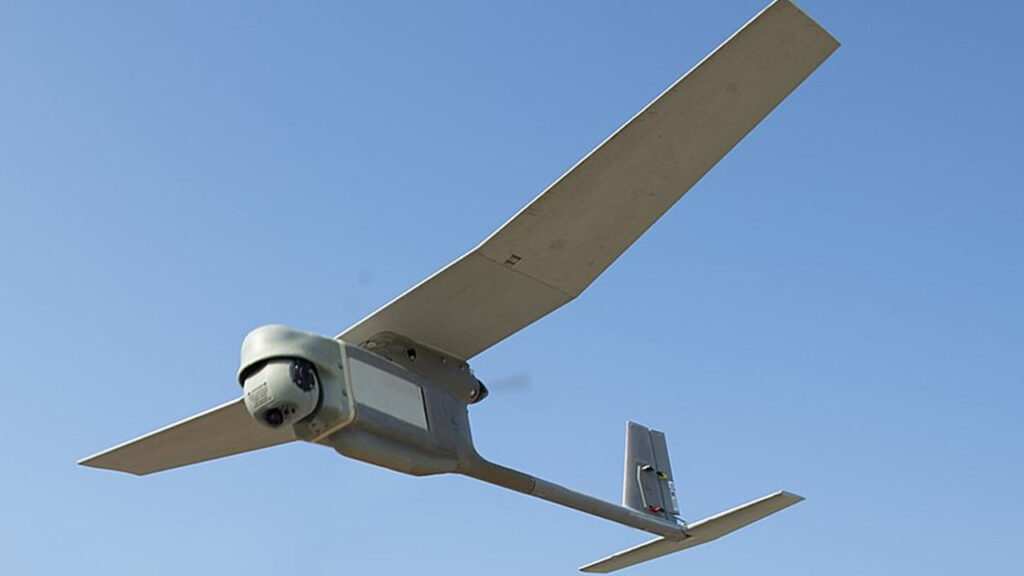
One of the most striking breakthroughs comes from a new design called RAVEN, a drone that walks and hops like a crow. Built by engineers from EPFL and UC Irvine, it uses articulated legs to launch itself without a runway and maneuver over rough terrain. According to The Verge, the system allows for rapid vertical takeoffs and landings in spaces where wheeled drones would fail.
Perching Like a Real Bird
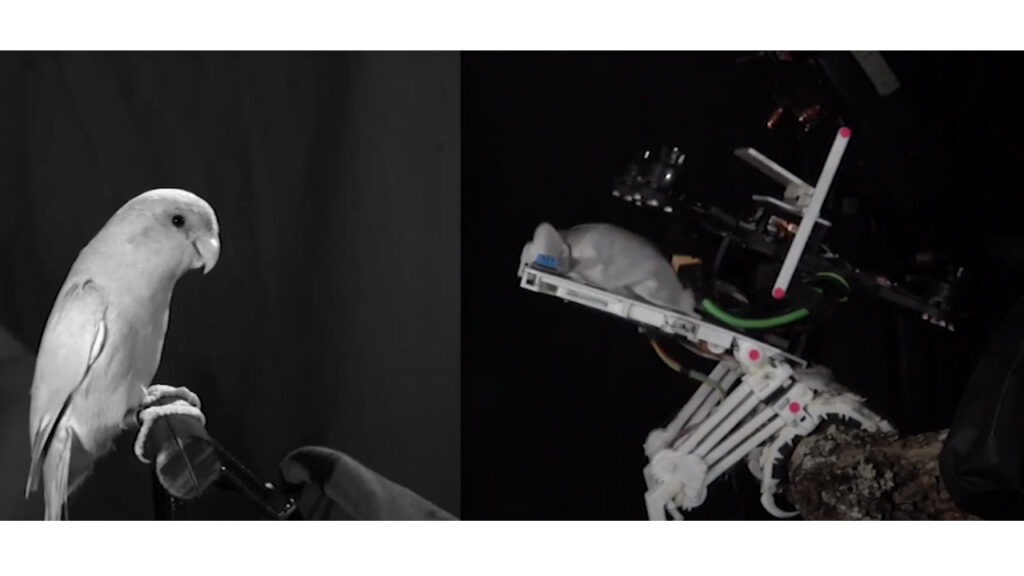
Another team, this time at Stanford University, built a drone called SNAG that mimics how birds perch on tree branches. Instead of hovering or landing flat, SNAG grips with bird-like legs and talons—allowing it to rest, conserve battery, and perch in tight spots. The innovation was detailed in Science Robotics, and has huge implications for drones operating in forests, cities, or even near powerlines.
Flapping Wings That Change Shape Mid-Flight
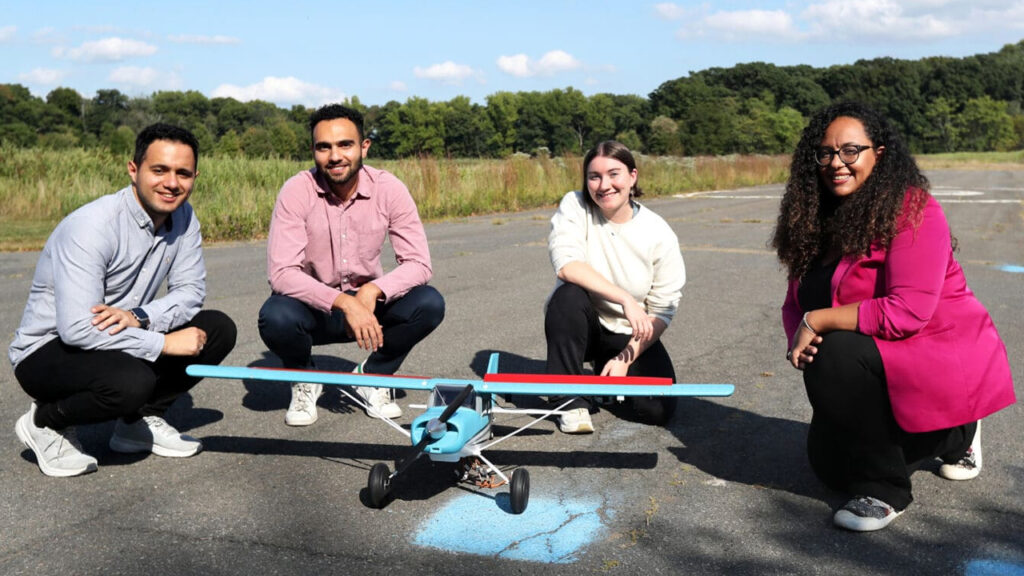
Taking inspiration from bird wings, researchers at Princeton have designed small aircraft with wings that adjust their shape while flying. This gives them more control and responsiveness in the air. As reported by Princeton Engineering, these shape-shifting designs could lead to safer and more agile air taxis or micro-UAVs in crowded airspace.
Smarter Sensors, Smaller Airfields
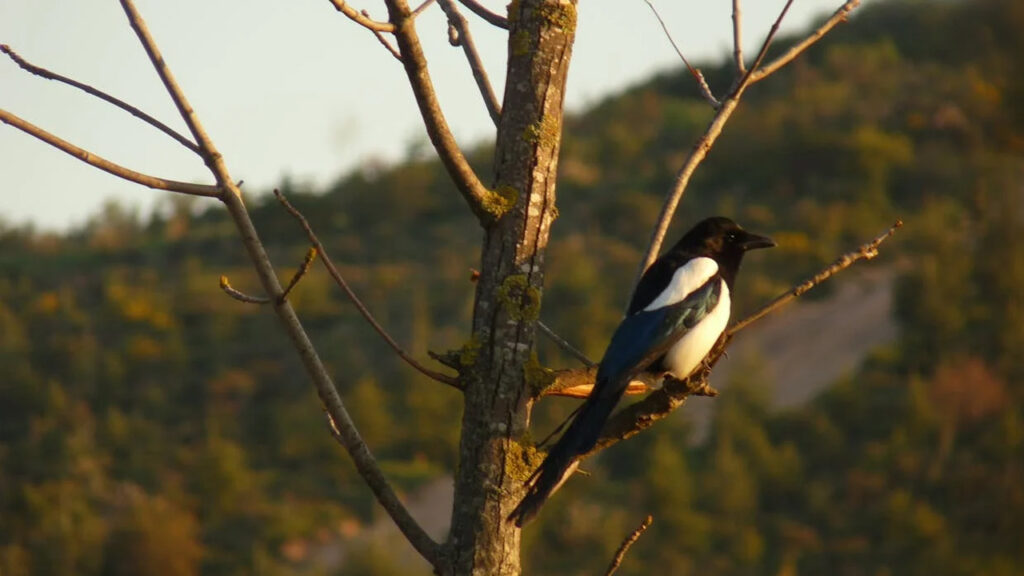
Birds don’t need runways, and the next generation of aircraft might not either. Inspired by how birds read wind and terrain in real time, engineers are developing onboard systems that use machine learning and fast-adaptive sensors. These advances could allow drones to land on building ledges, moving trucks, or rocky hillsides—turning almost any surface into a potential landing zone.
That opens the door to emergency deliveries, military resupply, and disaster relief in places with no airfield access—just like how birds go wherever they need to land.
Implications for Future Aircraft
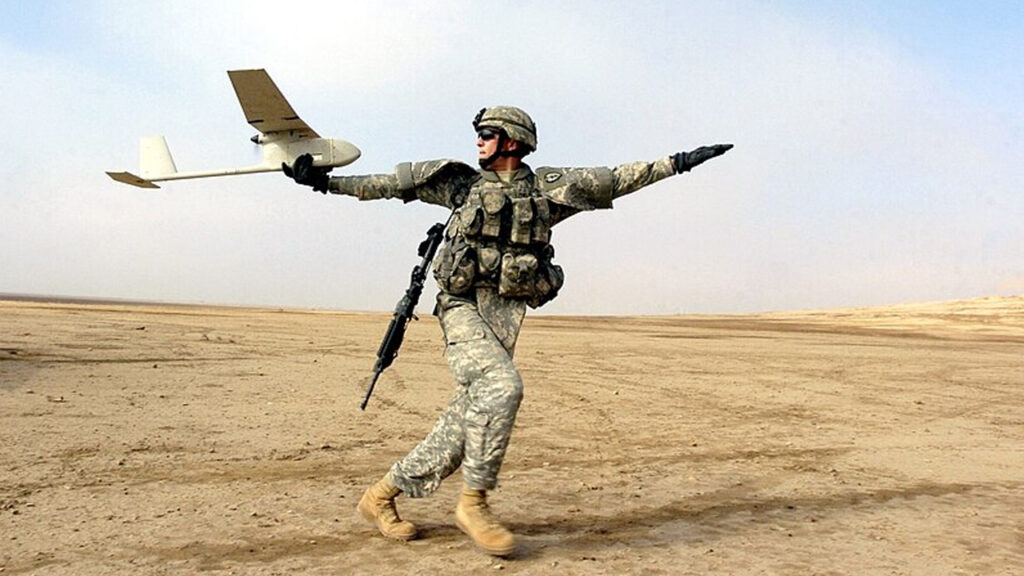
These bird-inspired features are more than clever—they’re practical. With the ability to perch, adjust wing shape, and land almost anywhere, future drones and air taxis may be far more versatile than anything we’ve seen. As engineers blend biology with technology, flight is getting smarter, quieter, and more adaptable than ever before.


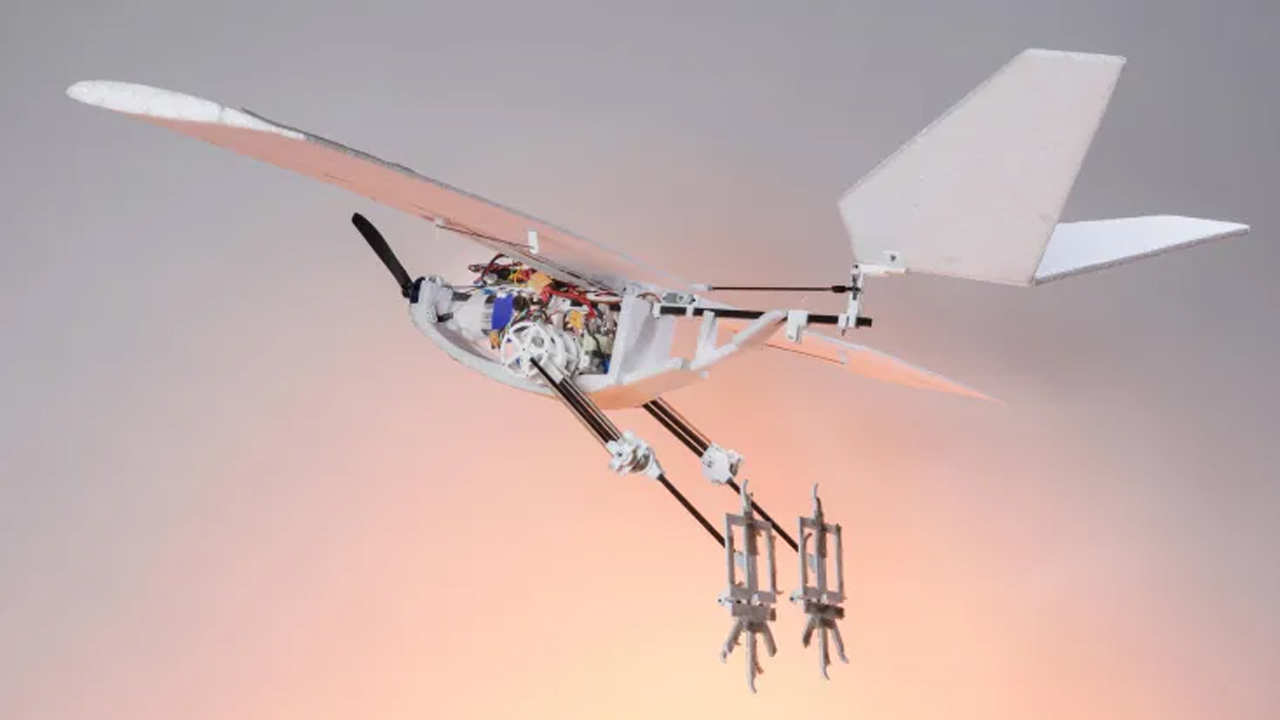

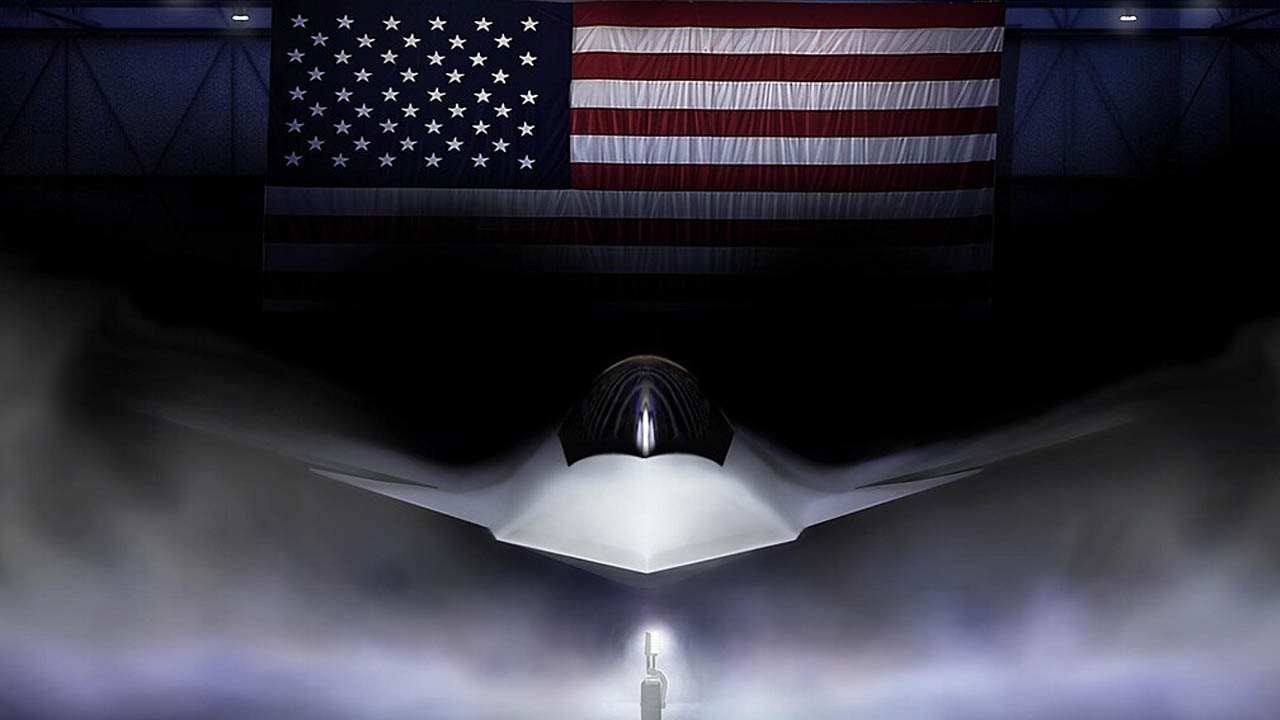
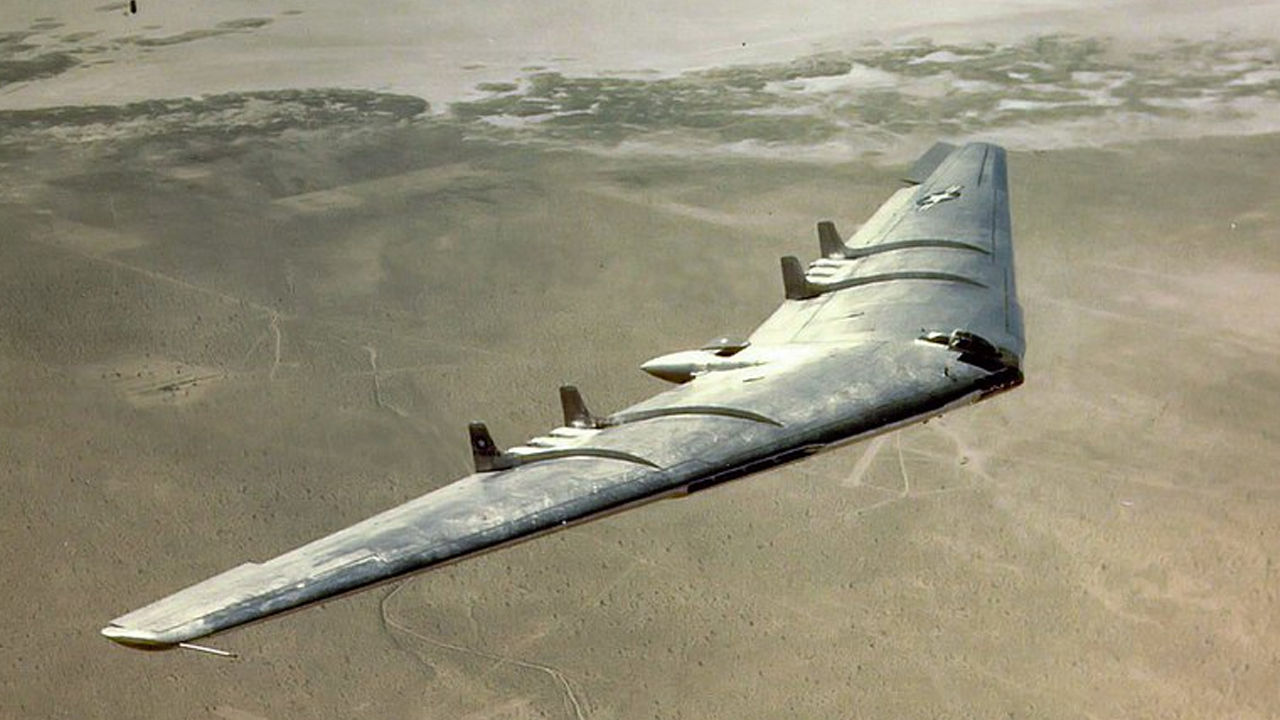
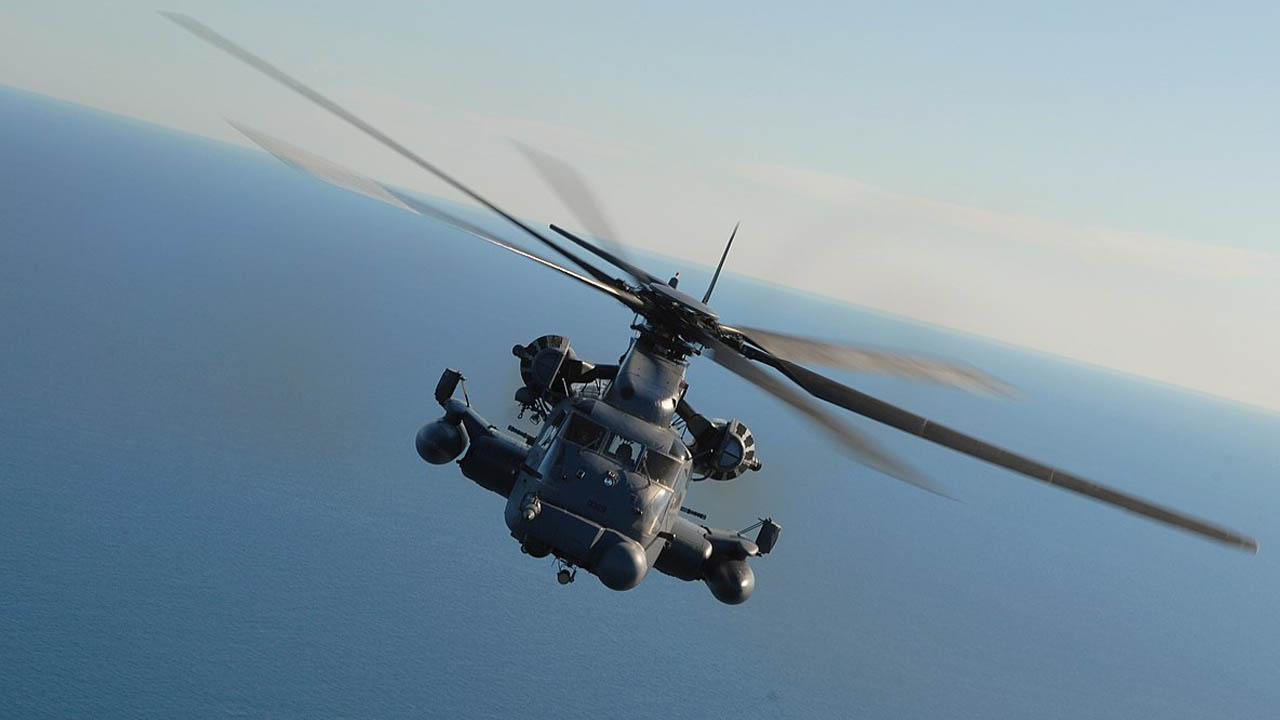
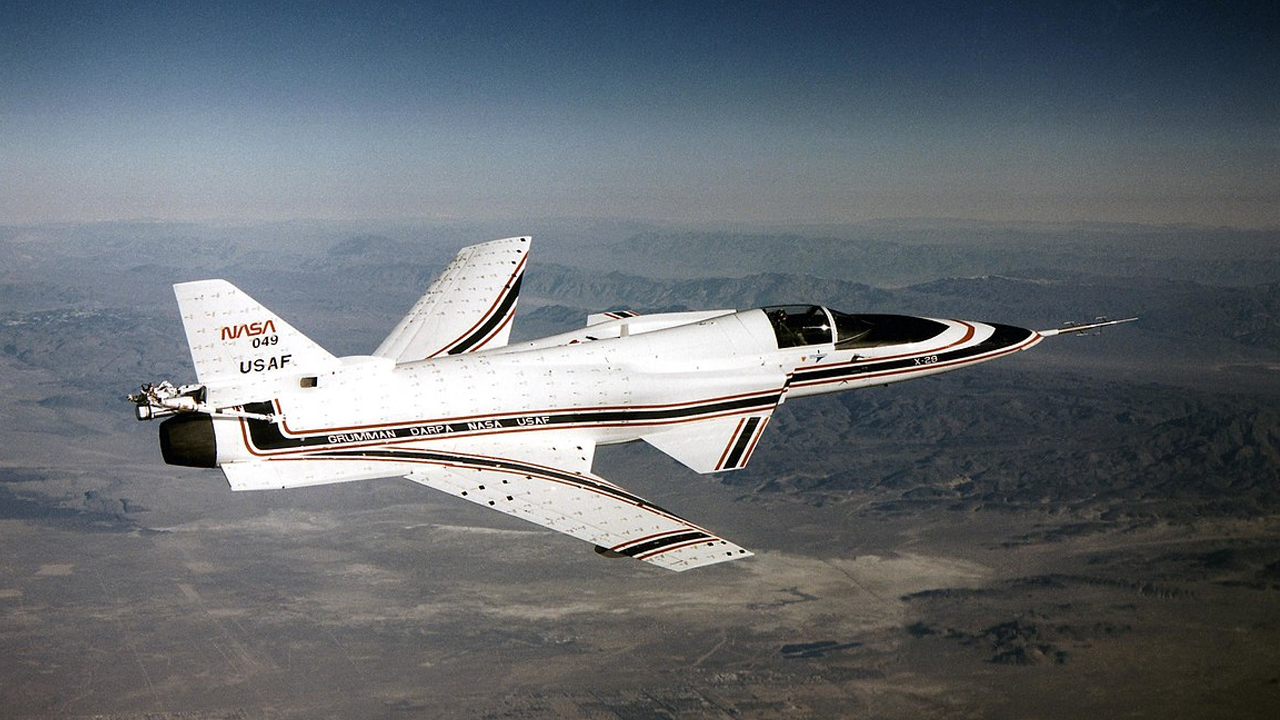
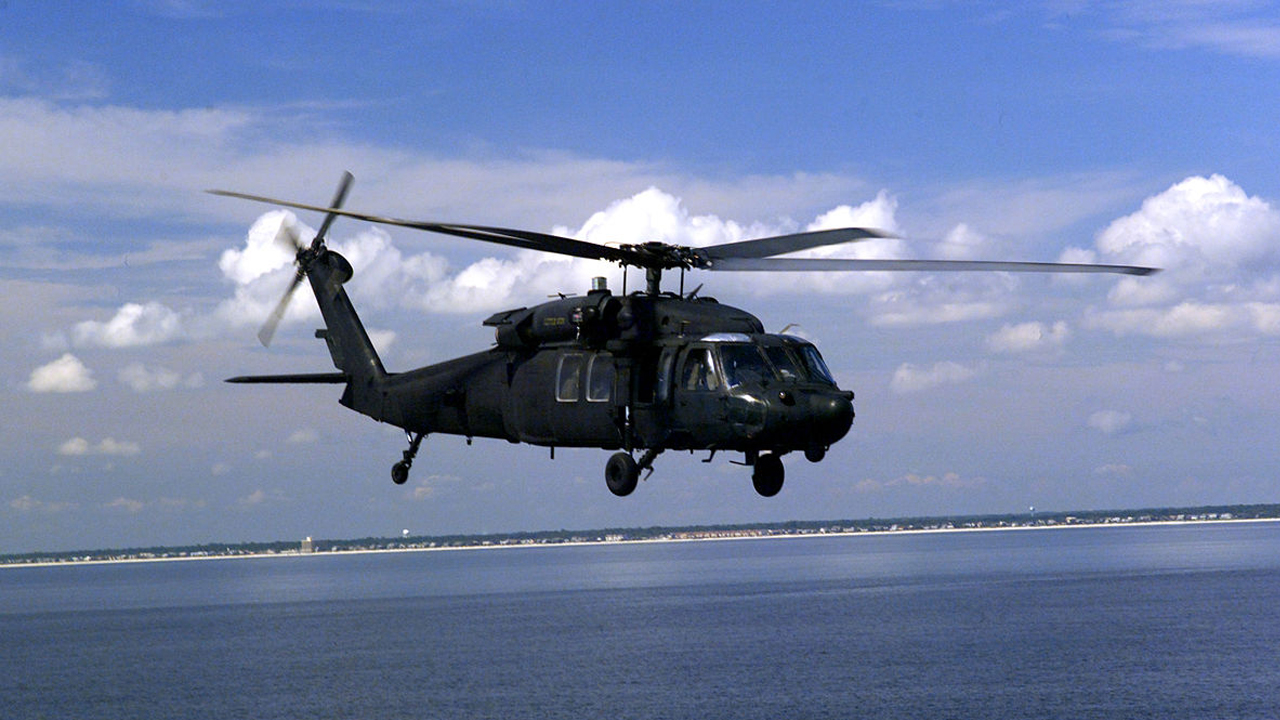
Leave a Reply